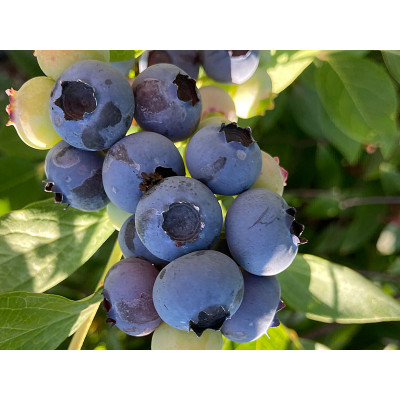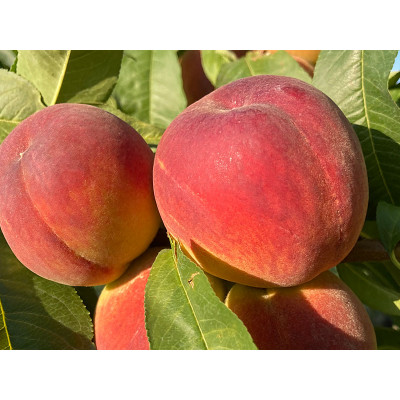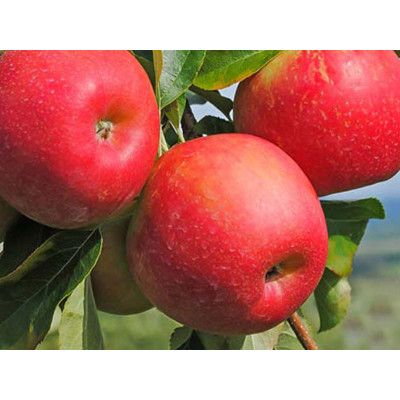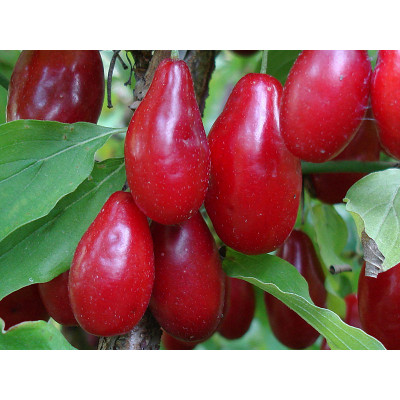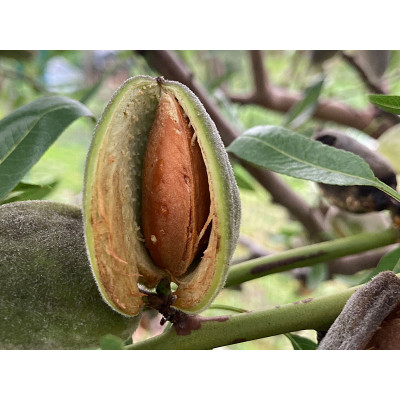Gooseberry (Grossularia uva-crispa) HINNONMAKI RED


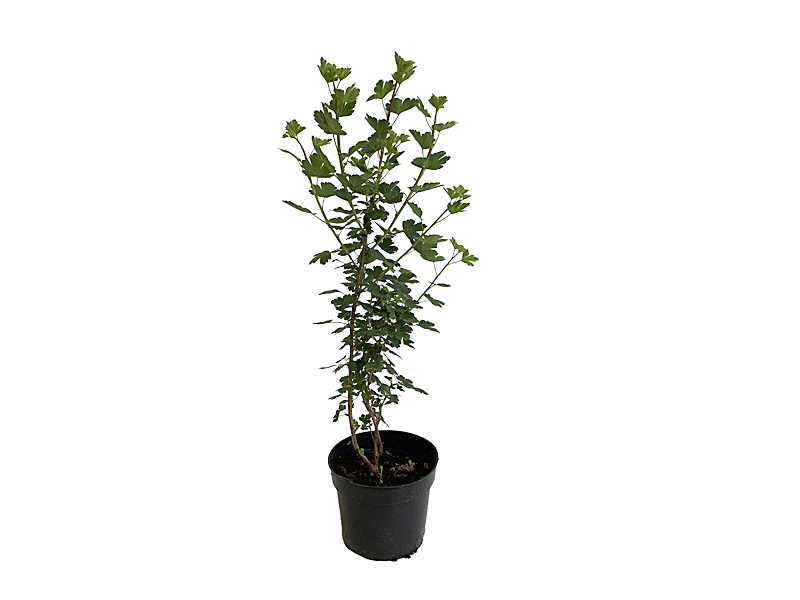



- All the plants that we have on offer and that you can order are actually in stock.
- The standard delivery time is 2-3 working days.
- We always ship parcels on Mondays, Tuesdays and Wednesdays.
- By arrangement, we can also ship plants on Thursdays or Fridays (we do not normally ship on these days in case there is a problem so that the parcels are not left in the depot unnecessarily over the weekend).
- The shipping price depends on the weight of the ordered goods (the more products, the cheaper the price)
- after you have placed the plants in the shopping cart, enter “calculate provisional shipping price” in the shopping cart, after entering the data the eshop will calculate the provisional shipping price for you.
Ask a Question About This Product
Gooseberry (Grossularia uva-crispa) HINNONMAKI RED
| Specifications | |
| Height at sale | 50cm |
| Pot | C2 |
| Sell as | 2 year old |
| Ripening time | July |
The standard delivery time for Germany is 3-4 working days.
We send goods on Monday, Tuesday, Wednesday, by agreement also Thursday or Friday.
We send goods on Monday, Tuesday, Wednesday, by agreement also Thursday or Friday.
Price
9.00€
- Stock: In Stock
- Model: Grossularia uva-crispa
Gooseberry Hinnonmaki Rot in bush form. It produces rather large red fruits. It has long, drooping shoots, but the shrub itself is characterised by poor growth. However, it is reliable in fertility and resistant to disease. The seedlings for sale are large, well rooted and healthy.
The fruit ripens at the end of July and has a good, sweet, slightly vinous, aromatic flavour. The size of the berries is medium, sometimes they get bigger. The flesh is gelatinous with small seeds, tasty. The skin is dark red with streaks.
Requirements
Gooseberry bushes thrive in virtually any garden soil. However, fertility and sunny position have a considerable influence on the quality of the fruit and the size of the crop. Fruit bushes should be pruned in early spring each year. In the dry season, the bushes should be watered. This variety is highly resistant to disease and completely hardy.
Gooseberries are easy to grow. The gooseberry bush is very hardy and can withstand both very low and very high temperatures. These plants should be planted in an area with full sun or moderate shade. Choose a site with well-drained soil that is slightly acidic (pH level between 5.0 and 6.5). Amend the soil with compost before planting to provide nutrients for the plant's root system. Gooseberries do not like heavy, clay soil. Irrigation is essential during the summer months when growth is most active. Gooseberry bushes are planted every 1,2-1,5 m, with a distance of approximately 1,5 m between each row. As regards pruning, pruning is carried out in the first 3 years after planting to shape the bush. In the following years, we restrict ourselves to thinning or rejuvenation - cutting out all 5-year-old and older shoots in early spring or summer after harvesting. A well-formed, fruiting shrub has 10-12 skeletal shoots.


